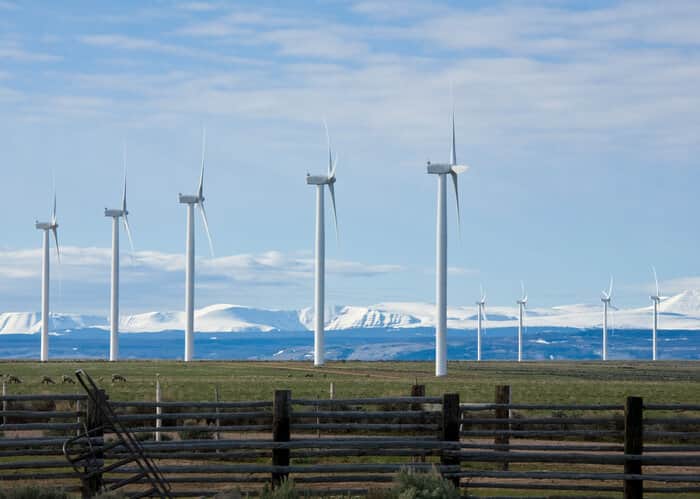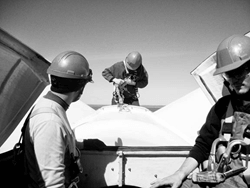Burlington, Mass.-based KEMA, in partnership with civil engineering firm Bureau Lievense and technology illustrators Rudolph and Robert Das, has developed an energy island concept to store power generated from offshore wind farms. The concept is the result of an ongoing feasibility study being conducted for Dutch energy companies.
The energy island incorporates a pumped hydro storage concept – an inverse offshore pump accumulation station. According to KEMA, if there were a surplus of wind power on the energy island, excess energy would be used to pump sea water out of an interior subsurface lake into the surrounding sea. If there were a shortage of wind power, seawater would flow back into the interior lake through commercially available generators to produce energy.
KEMA analysis estimates that the proposed storage system would have a maximum generation capacity of 1,500 MW, depending on the water level, and would have an annual storage capacity of more than 20 GWh.
In a current feasibility study for the project, KEMA is analyzing the costs and benefits of additional regulating reserve, download wind power, carbon dioxide reduction and environmental impacts.



